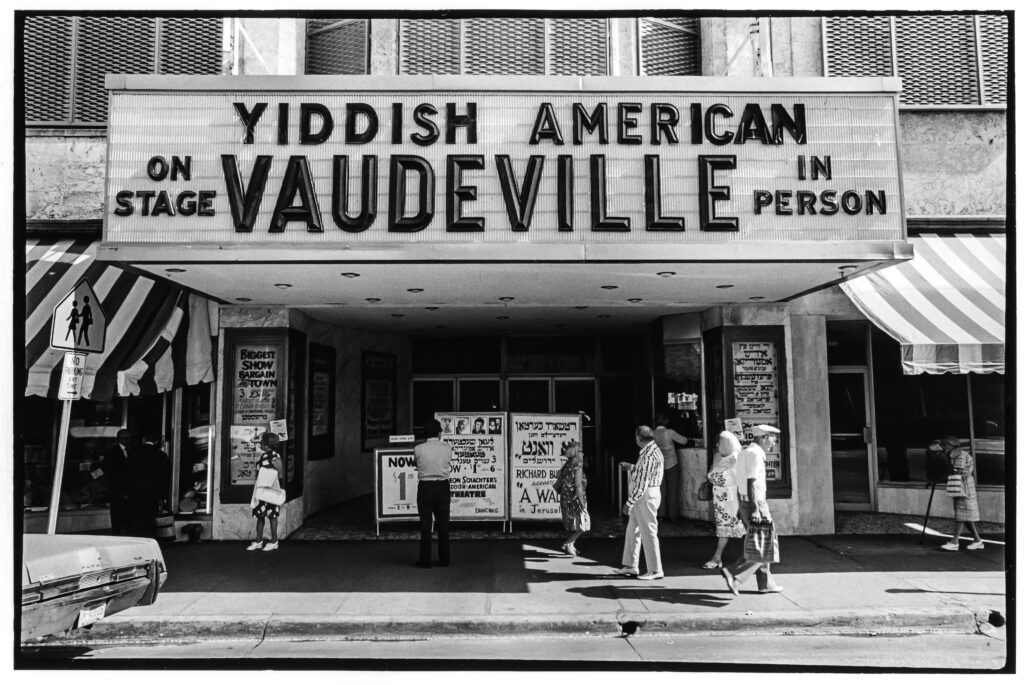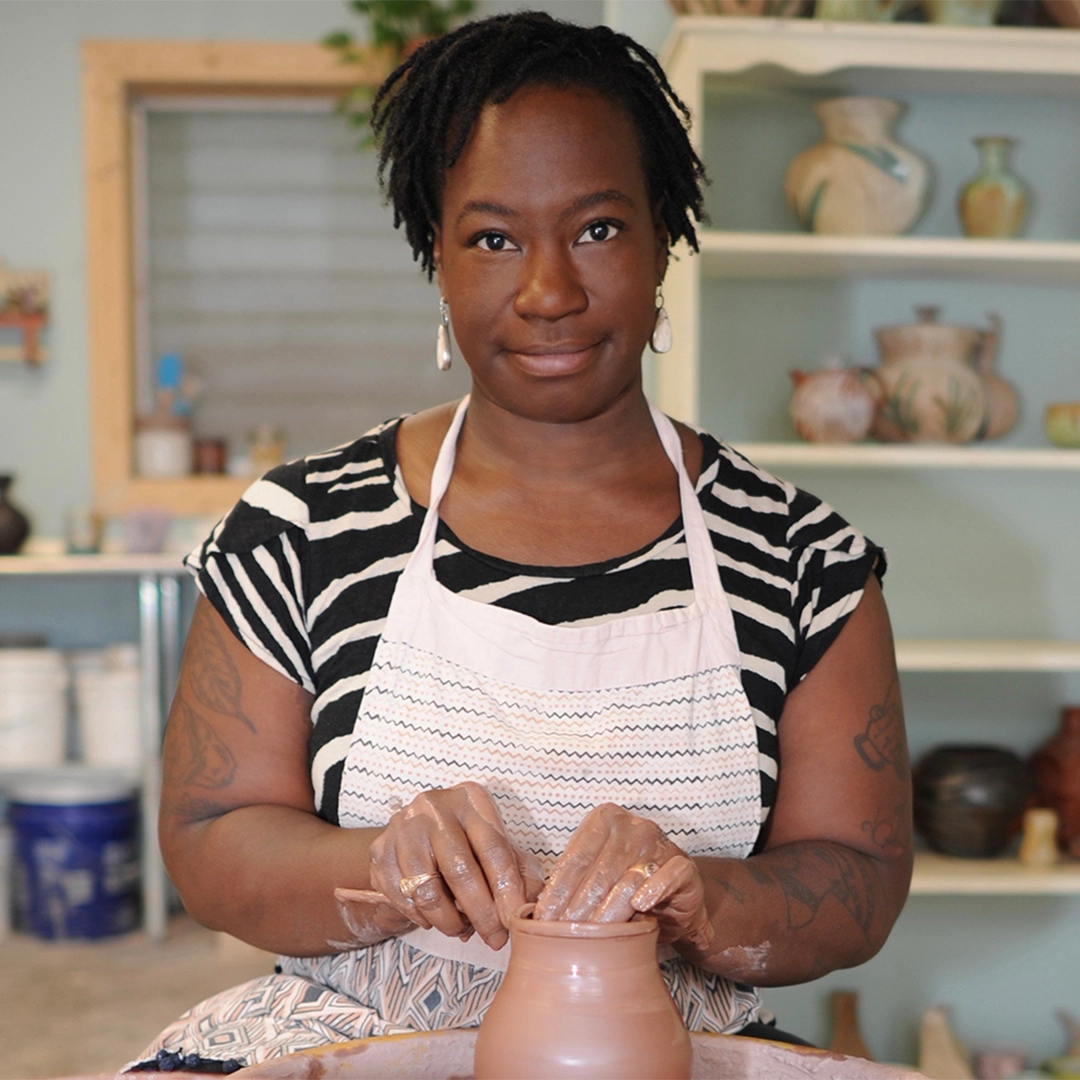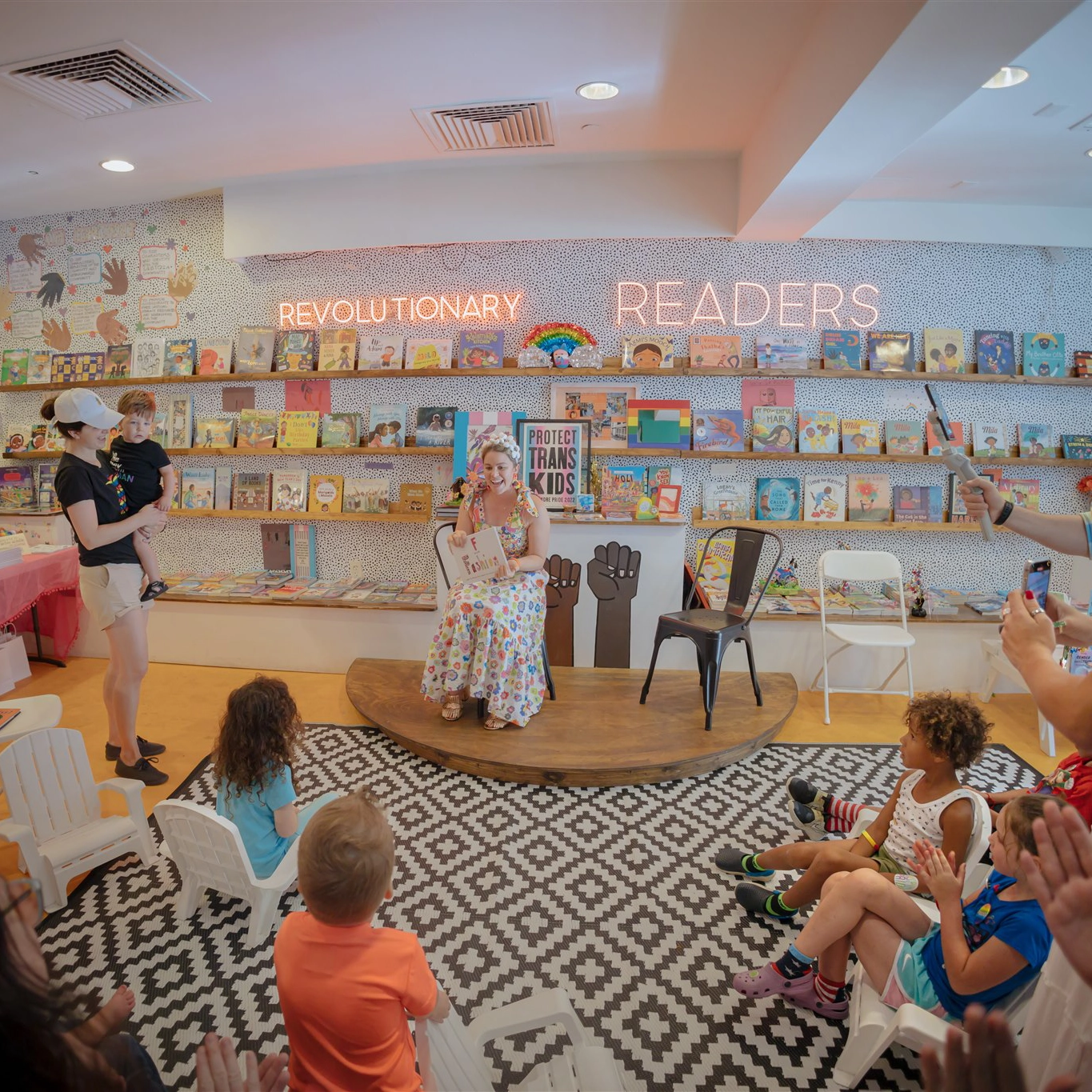Famed Street Photographer David Godlis’ Take on a Bygone Era in 1970s South Beach
Although best known for his photographs of the New York punk-rock scene, David Godlis trains his lens on the eccentricities of Miami in his new book.

New York photographer David Godlis has described the Miami Beach of his photographs as “Jewish Disneyland. Goodbye snow. Hello coconuts.” His new book Godlis Miami (Reel Art Press) revels in a time—the early 1970s—when retirees ruled South Beach, and the palm trees and Art Deco architecture were overwhelmed by leopard-print muumuus and geometrically abstract sunglasses.
Godlis is best known as a chronicler of the 1970s punk explosion at CBGB, the legendary New York City music venue, and in more recent years for his portraits of filmmakers at the New York Film Festival, but in 1974, he was just beginning his career as a street photographer. He spoke with Flamingo recently about revisiting a body of work whose publication has brought him full circle, his impressions of Miami then and now, and the phantom threads that unite his elderly Jewish snowbirds with his punk-rock peers.
So you have family history in Miami. Tell me about your Florida “roots.”
DG: My grandparents moved down there. They were retiring by the early 1950s. My grandfather had an efficiency motel. It was on 7709 Byron Avenue. It’s embedded in my mind. It must have had like 20 units. Upstairs and downstairs. He rented out a bunch of the places to other friends who had retired and kept a couple of units for his family to come visit. So anytime my mother and her sisters and brothers wanted to bring their family down, they’d go and stay in this efficiency place [for] family getaways over the holidays and over the winter. So I saw all my cousins down there. It was 1956 or ‘57 the first time I went down. I went there until I was 14 or 15, and then I stopped going and didn’t come back until this trip in 1974.

How did you get into photography and how did the Miami project shape your vision?
DG: I got a camera in 1970. I thought I wanted to be a writer, and then I got a camera and started realizing I was pretty good at that. I went to photography school at a place called Imageworks in East Cambridge, Mass., and this was the first year I went there. It was an arty school. There weren’t schools dedicated totally to photography. We had really good teachers and a lot of guest photographers: Winogrand, Friedlander, people like that. In January 1974, I took a trip down to see my grandmother. My grandfather had passed away. Maybe that was an opportunity for me to go down when everybody else was going down and use that as an excuse because really what I was going down for was to take pictures. I was a big fan of Diane Arbus. That first book of hers had only come out about two years before this trip. It was heavily influencing me. I was in the first year of school and … I was struggling to find how to take personal pictures, how to take art pictures that were personal pictures. Because I went to this place that was very familiar—familiar to me as a 5-year-old, I was 22—the people I was photographing reminded me of my grandparents. I was familiar to them. I looked like their grandchild. They were familiar to me. I had an ease. I also had determination. I remember going to Florida thinking: Just look through the camera lens and frame everything. That’s what Winogrand had said. Frame it in between these four lines and that’s all you have to do.

Were you surprised by the results?
DG: I was only there for 10 days. But when I came back and saw the results—I had to wait until I developed the film—people kept remarking when the proof contact sheets of the rolls of film came out, everybody was looking at them [asking] “How’d you get these pictures?” I had no real answer. Everything I’m telling you about feeling comfortable is after … I’ve lived with them for 50 years.
Also, you were lucky to be in a place where everything looks great. Miami Beach was and still is a voyeur’s playground. There’s a lot to look at.
DG: But the thing is, I think it’s Winogrand who said, “Sometimes the hardest thing to photograph is the thing that looks most dramatic.” To make a picture of it that’s as dramatic as it is is really difficult. I’m startled by how I was able to take pictures of things that look dramatic. This time, my pictures looked as interesting as it was.
Were you aware at the time that you were capturing something in amber?
DG: I didn’t understand at that age what time was. At 22, I didn’t think I was going to live to see 1984. I went back in 1986, or ‘85, with my wife and I wanted to show her where I took the pictures. I was looking for the people in my pictures and they were gone. I was so naive. It hits me. They got older and died. Or things happened. The place was run down completely … the Scarface era. It occurred to me that this will be a great thing to show to people that I got inside this little world. If photography taught me anything it’s that things disappear.

Kitsch isn’t the right word, but the subjects in your photographs display this dazzling array of wild, garish fabric patterns—geometric, floral, animal print, all kinds of stuff—and this riot of outlandish sunglasses.
DG: Crazy time period, fashion-wise, etc. The retirees’ outfits were similar to what my grandmother and her sisters were wearing. They were weird-looking to me. Why was my 70-year-old grandmother dressing up in these crazy prints? But that was what they dressed up in. Not just my grandmother, they’re all wearing them.
Why do you think the leopard-print taste of the retirees isn’t too different from the punk rockers you documented a few years later?
DG: It’s a combo of things. These people really dressed up to go to the beach. They got their hair done. They had their perfect bathing suit. They were ready for their close-up. When I went into the punk scene … a lot of people were going down to Union Square to these clothing shops that were selling clothing from the ’60s. Somebody like Blondie (Deborah Harry) would go looking for the look that the lady had on the cover of the book. We’d all seen those people. [Legendary St. Marks Place shop owners] Tish and Snooky from Manic Panic they look like the ladies in these pictures. When you take old peoples’ clothes and put them on young people sometimes they look pretty good, especially when the old people are wearing wacky fashions.

You’ve been back and forth to Florida a lot over the years. What’s your favorite story about your travels here?
DG: There are favorite spots and then there’s affordable spots. I found the Century Motel five or six years ago. It’s kind of tiny and things are encroaching on it. It’s still there. Years ago, when I went in the ’80s and ’90s to Miami Beach, my favorite was the Cardozo. My wife and I went down. We drove down 95, which was a fun trip. St. Augustine was great. There were some crazy museums. The Museum of American Tragedy. Basically, some guy’s backyard with trailers full of stuff. The ambulance that took Kennedy to the hospital after he was shot. It was a weird place. Along with Ponce de Leon, the Fountain of Youth. There’s always crazy stuff to photograph in Florida. And we did that whole trip down 95. We got a discount coupon booklet that got us cheap tickets for the Cardozo Hotel. This is in ’92. When I’d gone in ’86, I discovered Elmore Leonard and got the book La Brava. It’s about a photographer who photographs the aging retirees on South Beach. I went, “That’s crazy. That’s what I do.” It turned that photographer’s life into a mystery novel. And the story takes place in the Cardozo Hotel. What also takes place is they’re filming Hole in the Head, the Frank Sinatra movie in the 1950s. So my wife and I stay in the Cardozo Hotel for a week, for no more than 50 bucks a night—Gloria Estefan hadn’t bought it yet—I could have my fantasy of being in the hotel that had been written about in La Brava, and then I rented Hole in the Head from Blockbuster in Miami Beach. We watched the movie in the hotel it was filmed in. So that was my favorite trip to Florida.





